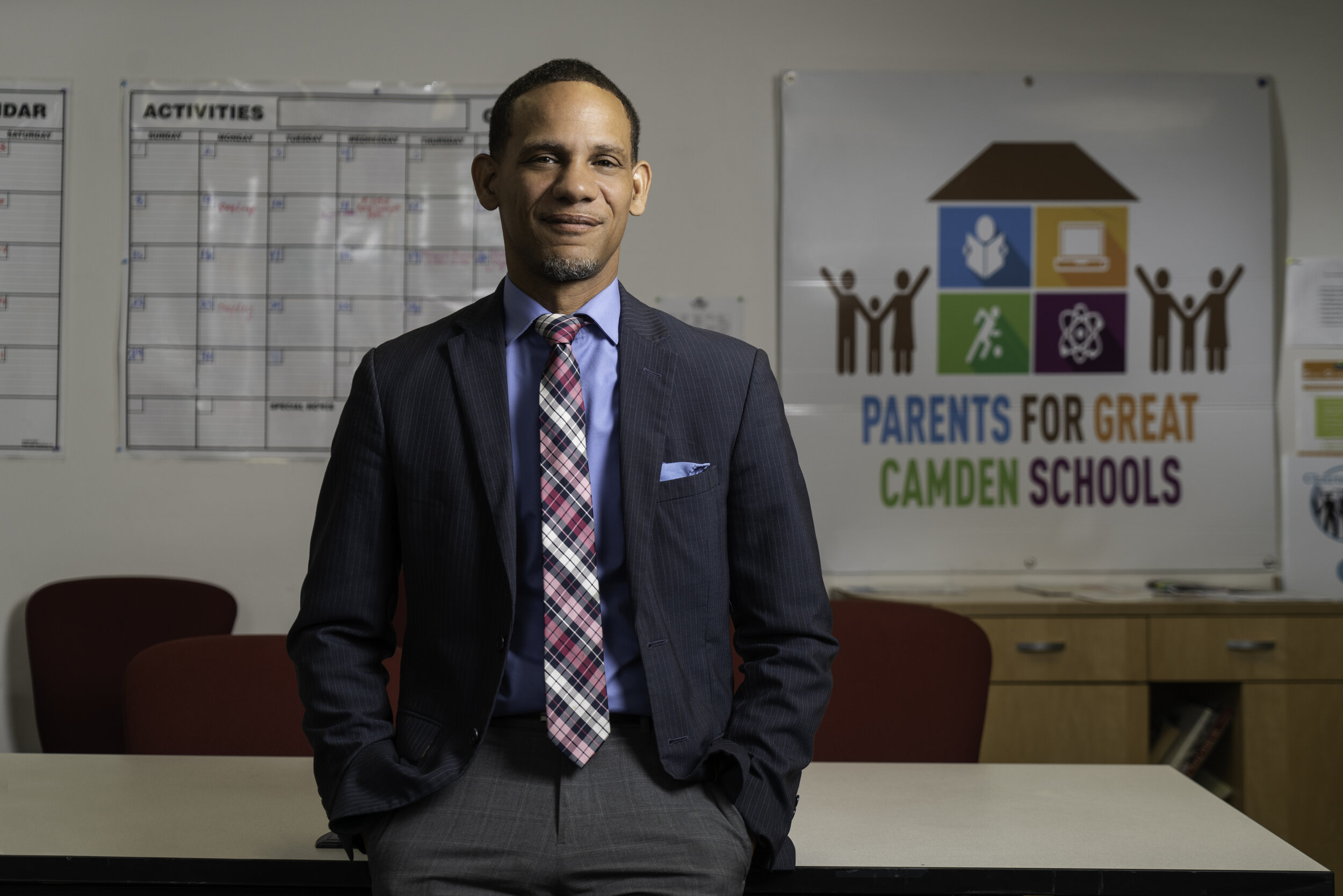How do you build a continuously improving system of schools?

Welcome to the new and improved EightCities.org. The stories of eight cities’ school system improvement journeys, originally written in 2018, have been updated for 2020, based on feedback we heard from readers last time around. Every page on the site has been refreshed. We’ve added timelines and new data for each city, more background on the improvement strategy in these cities, and new information about each pillar of systemic school improvement that these cities shared. We are excited to offer this additional information for leaders working to reshape education in service of students.
We initially planned to relaunch this site in spring 2020, but world events intervened. The COVID-19 pandemic closed schools across the nation, and several cities featured on this site became epicenters of the virus.
Click to read more about COVID-19 impacts in these eight cities.
If you spend enough time listening to Patrick Dobard talk about the motivation behind his work, he’ll eventually tell you a story about a little girl named Precious. While visiting a brand-new school shortly after it opened, Dobard found Precious reading and asked her what she thought of her new learning community. Precious, briefly breaking away from her task, smiled up at him and answered with one word: “Perfect.”
Her new school replaced another that had failed to educate its students for decades. Both the closing of the failing school and the opening of a new, high-potential school were controversial decisions, but they sent a message to Precious, her family, and the New Orleans community that all the city’s students deserve a high-quality education.
As the CEO of New Schools for New Orleans and former superintendent of Louisiana’s Recovery School District, Dobard is one of many education leaders who have implemented a strategy for transforming public education that empowers principals to make critical decisions for the benefit of their students, gives all families an opportunity to send their children to high-performing schools, and replaces chronically low-performing schools with high-performing and high-potential schools.
New Orleans is one of eight U.S. cities with evidence of improved student achievement following an intentional shift in school system strategy. In the stories from Oakland, D.C., Denver, New Orleans, New York City, Newark, Camden, and Chicago featured on this site, urban education systems refocused on continuous improvement and saw the number of high-performing schools increase. In Chicago, the graduation rate has grown 30 points since 2002. In Newark, the city’s schools went from the 44th percentile to the 81st percentile in average proficiency rank among demographically similar districts in New Jersey in seven years. Each of the other cities profiled here also made impressive gains in the time span indicated by the stories.
Strategic Pillars (click for details)
A standard rubric or performance framework that applies to all public schools
A formal performance contract between schools and an oversight body that monitors school performance
- One or more school-quality oversight bodies that make school opening and closing decisions based on school quality, community need, and family demand
School-level autonomy around staffing, budgetary, and instructional decisions
- A hub office or organization focused on developing new schools
- A unified talent strategy to recruit, develop, and retain the best teachers and principals
- Unified enrollment system across different types of schools
The stories of systemic education transformation cannot be separated from the stories of the people who led the efforts. The superintendents, school principals, district leaders, parents, and activists featured in these stories — and countless others — worked tirelessly and made critical decisions that ultimately improved education outcomes for students.
And yet, these leaders will be the first to tell you that they made mistakes, would do things differently if they could, and that their cities still have a long way to go until their low-income students and students of color have the same outcomes and opportunities as their more affluent and white peers. Their successes and failures provide current leaders with a body of knowledge from which to build so that the next generation of urban education systems will be more sophisticated, equitable, and driven by the needs and desires of families.
This website was created to show current and future superintendents, school board members, and state education leaders that it’s possible to go beyond incremental academic improvement even in the largest or most politically charged environments. These eight stories combine the voices, portraits, and stories of real leaders with academic research and data to surface actionable and practical lessons for leaders, for other cities, and for the field. Perhaps the most important lesson is that systemic change that benefits all students is possible.
Each story focuses on a slightly different relevant slice of recent history, during which leaders implemented a set of strategies and student achievement improved. The time spans covered are explained within each city’s story. It is worth noting that since these stories were written in 2018, realities on the ground have shifted in many cases. Each page now includes an update on some of the important events that have happened in each city between 2018 and 2020.
Lastly, you won’t find every leader reflected in our photography or an exhaustive history of every city’s strategy in our text. Instead, the stories focus on discrete aspects that will be particularly instructive to other education system leaders.
Each story has a list of takeaways at the top and takes about ten minutes to read, longer if you explore the embedded links or resources. Feel free to share individual stories or the entire site with those you think will be interested in learning more.
The following organizations are or were clients or funders of Bellwether: New Schools for New Orleans, the DC Public Charter School Board, and the Center on Reinventing Public Education. Bellwether authors maintained editorial control of these stories.
Last updated August 2020








